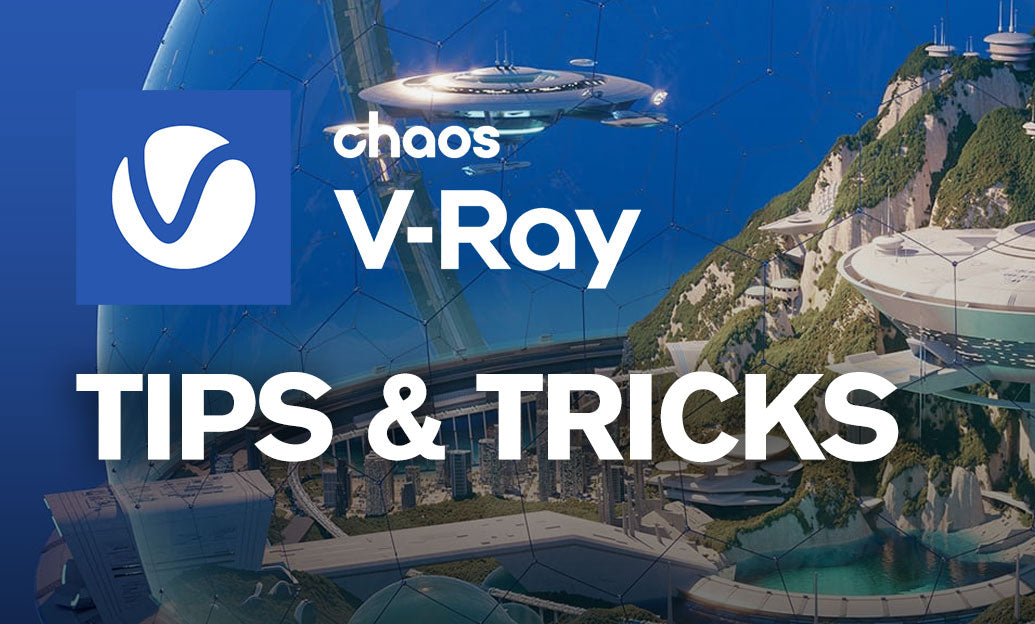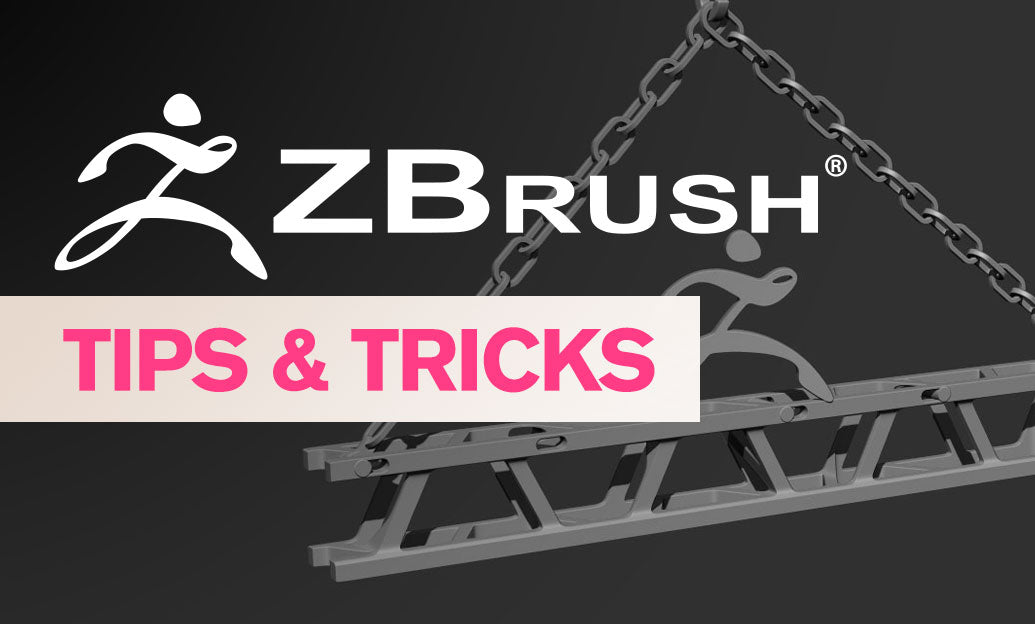Your Cart is Empty
Customer Testimonials
-
"Great customer service. The folks at Novedge were super helpful in navigating a somewhat complicated order including software upgrades and serial numbers in various stages of inactivity. They were friendly and helpful throughout the process.."
Ruben Ruckmark
"Quick & very helpful. We have been using Novedge for years and are very happy with their quick service when we need to make a purchase and excellent support resolving any issues."
Will Woodson
"Scott is the best. He reminds me about subscriptions dates, guides me in the correct direction for updates. He always responds promptly to me. He is literally the reason I continue to work with Novedge and will do so in the future."
Edward Mchugh
"Calvin Lok is “the man”. After my purchase of Sketchup 2021, he called me and provided step-by-step instructions to ease me through difficulties I was having with the setup of my new software."
Mike Borzage
V-Ray Tip: V-Ray Adaptive Dome Light: Cleaner, Faster HDRI Lighting
November 24, 2025 2 min read

Get cleaner, faster environment lighting by letting V-Ray’s Adaptive Dome Light (ADL) do the heavy lifting. Here’s a practical guide you can apply today.
- What ADL does: It analyzes your HDRI and scene occlusion to importance-sample light where it matters most. This reduces noise dramatically, especially in interiors, without skylight portals.
- Key benefit: Expect quicker convergence and fewer fireflies from small bright HDRI features (sun, studio spots), with no extra setup complexity.
Quick setup
- Create a V-Ray Dome Light and load your HDRI via VRayBitmap/VRayHDRI.
- Adaptive is enabled by default in modern V-Ray. If your host shows an “Adaptive” toggle, keep it on.
- Set the HDRI’s input color space correctly:
- EXR/HDR: linear (no gamma). Avoid double sRGB conversion.
- ACES workflows: set the proper input transform in VRayBitmap to prevent desaturation or dull light.
- Use “Invisible” on the Dome if you intend to comp a different background; reflections/refractions will still use the HDRI.
- Control intensity in exposure stops (e.g., dome 0.8–1.2 multiplier) and fine-tune in the VFB Exposure or Light Mix.
Performance and quality tips
- Skip portals: With ADL, skylight portals are obsolete—remove them for cleaner, faster interiors.
- Sampler strategy: Iterate with Progressive and a Noise Threshold around 0.05; tighten to 0.01–0.02 for finals.
- HDRI hygiene: Prefer tiled EXR with mipmaps; ultra-high-res HDRIs (16K+) can be downsampled without visible loss. Use VRayBitmap’s filtering to reduce tiny hotspot noise.
- Affect toggles: Keep Affect Diffuse and Affect Specular on for physically plausible results; if you need comp control, separate them via Light Select/LightMix.
- Clamp carefully: Avoid harsh clamping; use a sensible Highlight Burn or filmic tone mapping to preserve HDR information.
- GPU notes: ADL is GPU-friendly. Ensure textures fit VRAM by using tiled/mipmapped assets and enabling texture compression if available.
Grounding the HDRI
- Use Finite Dome/Ground Projection (where available) to create believable ground contact without geometry.
- For compositing, a matte/shadow-catcher (VRayMtlWrapper) provides shadows from the dome onto plate footage.
Animation stability
- ADL is flicker-free by design. For secondary GI, Light Cache with default prefiltering remains robust for walk-throughs.
- Lock HDRI rotation once approved; small shifts can change specular highlights across frames.
Troubleshooting
- Flat or washed lighting: check HDRI color space and disable unintended view LUTs during lookdev.
- Speckles from tiny sun pixels: slightly blur the HDRI or reduce extreme hotspots in a copy for lighting while keeping the original for reflections.
- Scale issues: physically correct scene scale improves GI accuracy and noise distribution.
Ready to streamline your environment lighting workflow? Explore V-Ray licenses, upgrades, and expert advice at V-Ray at NOVEDGE and connect with the team at NOVEDGE for tailored guidance and bundles on Chaos tools.
You can find all the V-Ray products on the NOVEDGE web site at this page.
Also in Design News

AutoCAD Tip: Avoid EXPLODE: Preserve Block Intelligence and CAD Standards
November 24, 2025 2 min read
Read More
ZBrush Tip: Topology Brush — Fast Quad Retopology Directly on Sculpt
November 24, 2025 2 min read
Read MoreSubscribe
Sign up to get the latest on sales, new releases and more …



